When the haze in Singapore reached hazardous levels in June, I naively thought that that would solve the dengue fever problem – if we had difficulties breathing, that should be enough to kill the mozzies, right?
Well, unfortunately for us, not only did the situation not get better, it hit a peak of 853 new cases in a week recently, about 4 times more than the peak in 2011 and the total number of dengue cases are now at 12888!
Shocked by the figures, I was glad to attend a NEA dengue prevention volunteer training to learn more about the Aedes mosquito and dengue fever. The training also included house visits to remind the residents to be vigilant and do the 5-step mozzie wipeout.
I’m sure you’re already familiar with the five steps with the current Stop Dengue campaign going on. Although NEA has stepped up inspections and operations to check open areas, we cannot fight dengue without the community’s action to remove mosquito breeding in their homes. And so what we can do on our end to curb the problem is to work on these five steps because close to 70% of Aedes mosquito breeding sites are found in homes.
I remember back in secondary school, one of my classmates had dengue fever and he was away from school for at least two weeks. This has been etched in my memory because he sat next to me in class and it was the first time that I had a friend who had to be in and out of hospital. Finally when he did return, he looked gaunt and pale as a ghost. Seriously, no one needs to go through such suffering. If we all just do our part, we can win this war against the Aedes mosquito.
I picked up some interesting points from the workshop I attended and would like to share them here with you. First of all, we all know that when we go on a long holiday, we should cover the toilet bowl seat to prevent the stagnant water from becoming a breeding spot for the mosquitoes. What I didn’t know however was that covering the toilet bowl isn’t enough to stop the Aedes mosquito because it can still squirm its way through and lay its eggs in the water. And when you return from your holiday, let’s just say, you’ll be more than just a feast for the eyes. So tape up your toilet bowls with masking tape the next time you head off for a long vacation.
Another interesting point I learnt was how resilient the Aedes mosquitoes are – their eggs can survive in dry conditions for up to 9 months. So what, you ask. Let’s say your hubby surprises you with a bouquet and so you take out a lovely vase from the storeroom and place your flowers in the vase. When the flowers wilt, you pour away the water and store the vase straight back into the storeroom. Sounds perfectly logical. What you didn’t know was that perhaps an Aedes mosquito had laid her eggs in the vase and it’s still stuck in the vase because you didn’t scrub the vase – you just poured the water away. And so a couple of months later, another opportunity to take out the vase comes along and you fill the vase up with water. Voila. The eggs of the Aedes mosquito will immediately start their life cycle with the water you have just provided them with. Unbelievable, but true nonetheless.
And so the same thing applies to your dish drying rack. Pouring away the water may not be mosquito-proof – you have to give it a scrub as well. The Aedes mosquito eggs look just like dirt which can be easily dismissed as just that. But let’s not leave this to chance, yah?
Have plants and think you’re safe if you don’t have flower pot plates? Wrong. If the soil at the top has dried up, and is unable to absorb the water which you water your plants with, the pool of water will become stagnant water – a perfect spot for the mosquitoes. After all, they only need a pool of water as small as a 20-cent coin to lay their eggs – and each time they lay a hundred eggs!
Living very near the RED alert Dengue fever cluster, I am certainly worried about the situation, especially since June – August is the peak transmission period for dengue. Worse still, my girl’s school is right smack in the middle of the RED Dengue fever cluster. And so, while my own residential area is fine for the moment, I’m still going to be on my toes and do the necessary on my part to prevent the breeding of more mosquitoes.
New bamboo pole covers – just changed them at the start of June
I hope you are inspired to do your own part to fight the mozzies and to help stop the dengue fever epidemic. Let’s all fight dengue together by remembering to do the 5-step Mozzie wipeout and contact NEA should you see any outdoor areas which are potential mozzie breeding sites. Do join the Stop.Dengue.Now Facebook page for community updates as well as refer to http://www.dengue.gov.sg for the latest data on the dengue situation to stay updated.


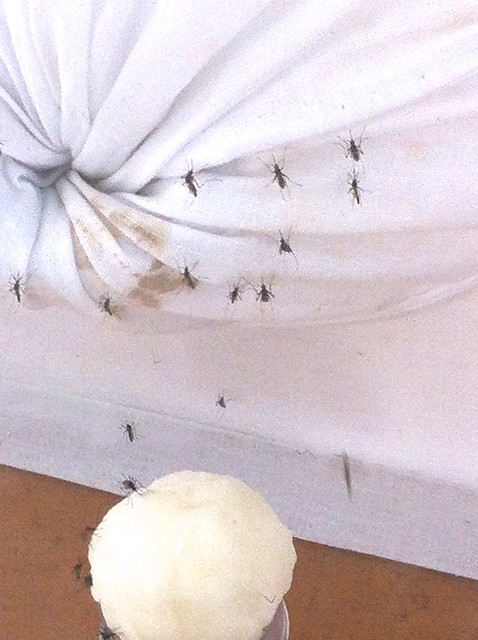
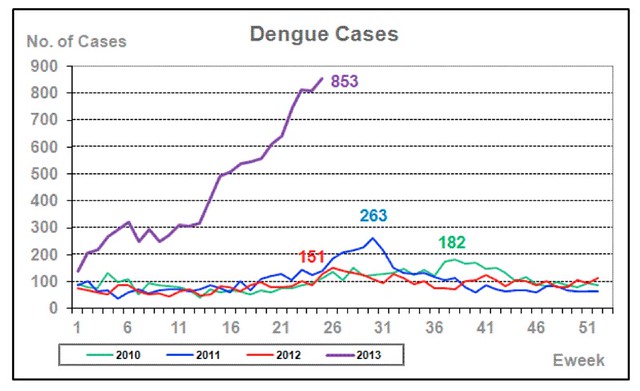

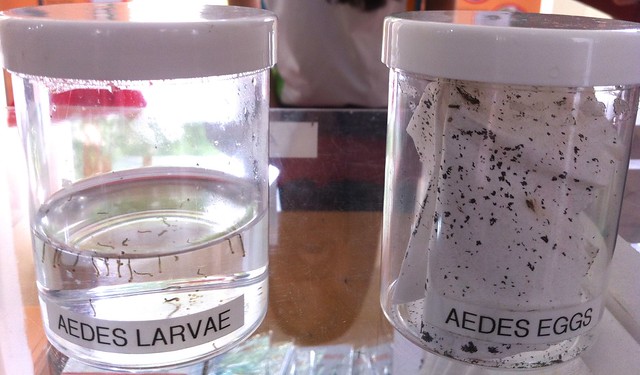


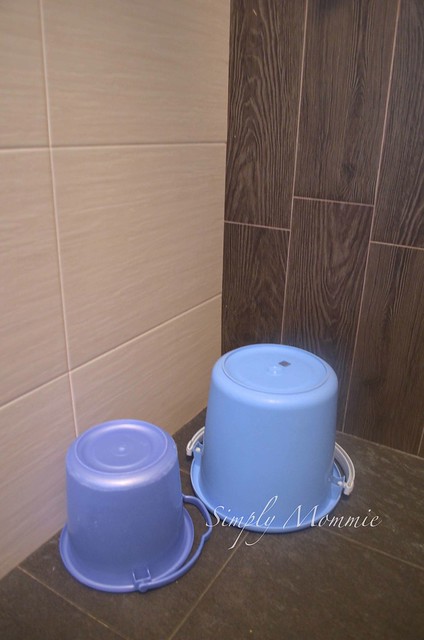
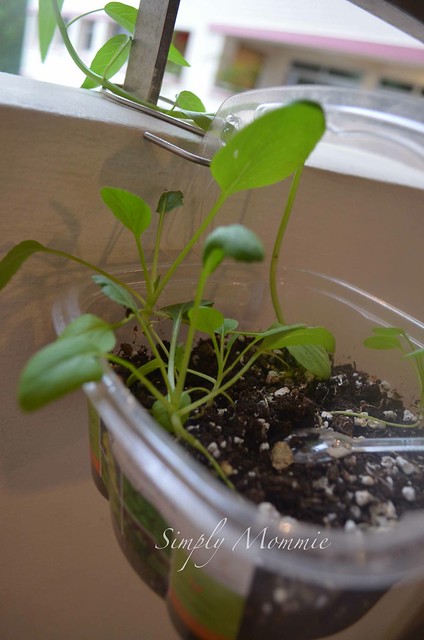










 Facebook
Facebook Twitter
Twitter Pinterest
Pinterest Instagram
Instagram